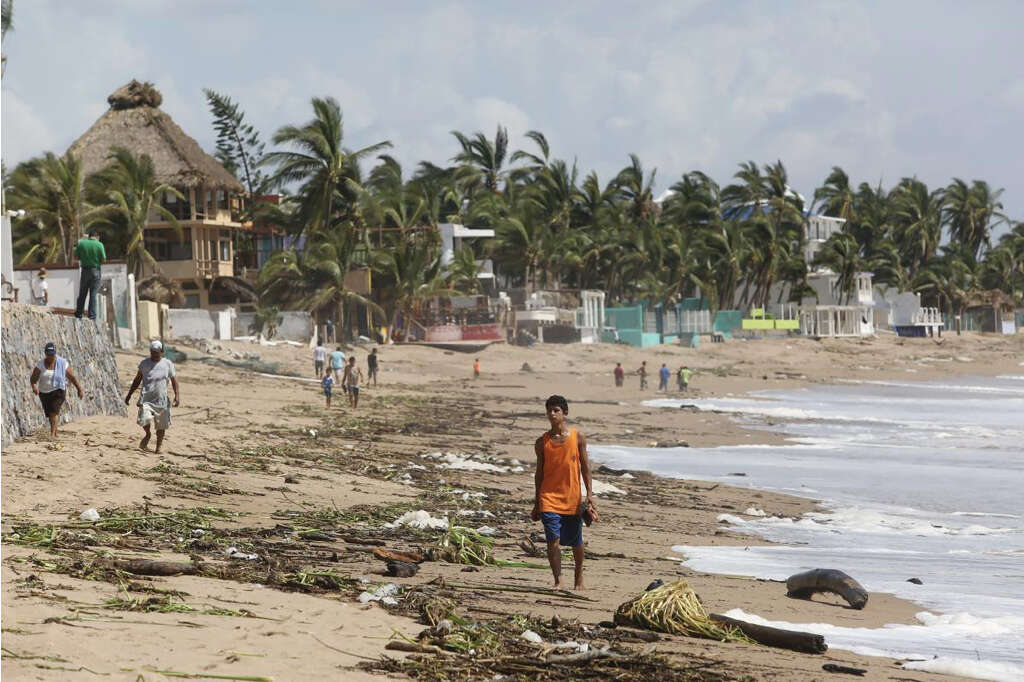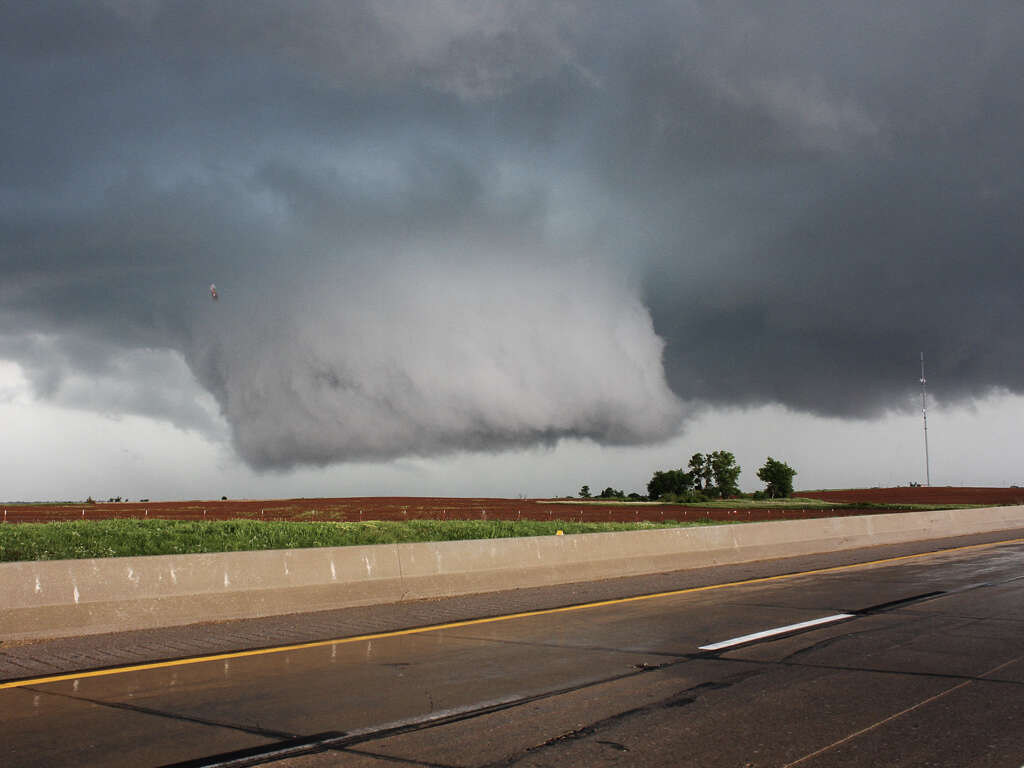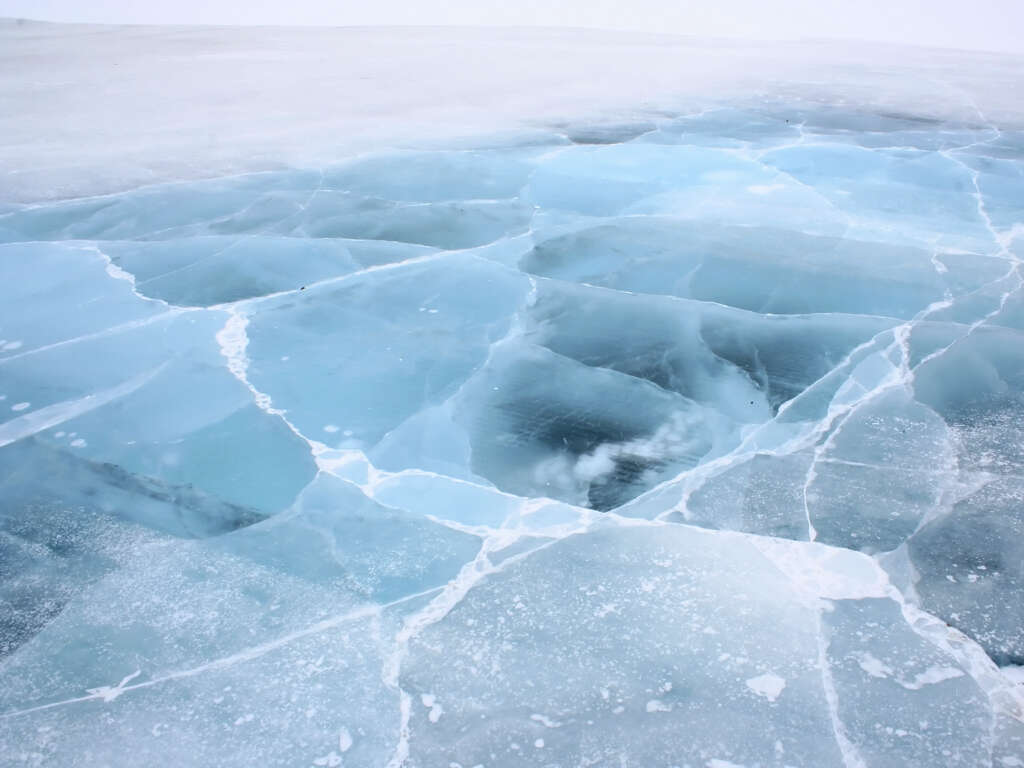How Do Hurricanes Form?
If you live on the Eastern seaboard of the United States toward the central region of the coast, you are likely to be well aware of hurricanes. They can also occur in other parts of the world when conditions are right. When they make landfall, they can be incredibly destructive, causing billions of dollars worth of damage as well as taking lives.
We are more or less powerless to stop hurricanes. If one is on its way, all you can do is secure everything the best you can and get to a safe place. You should also consider moving away from the area for a while. We might not be able to stop them, but we do at least know how they form.
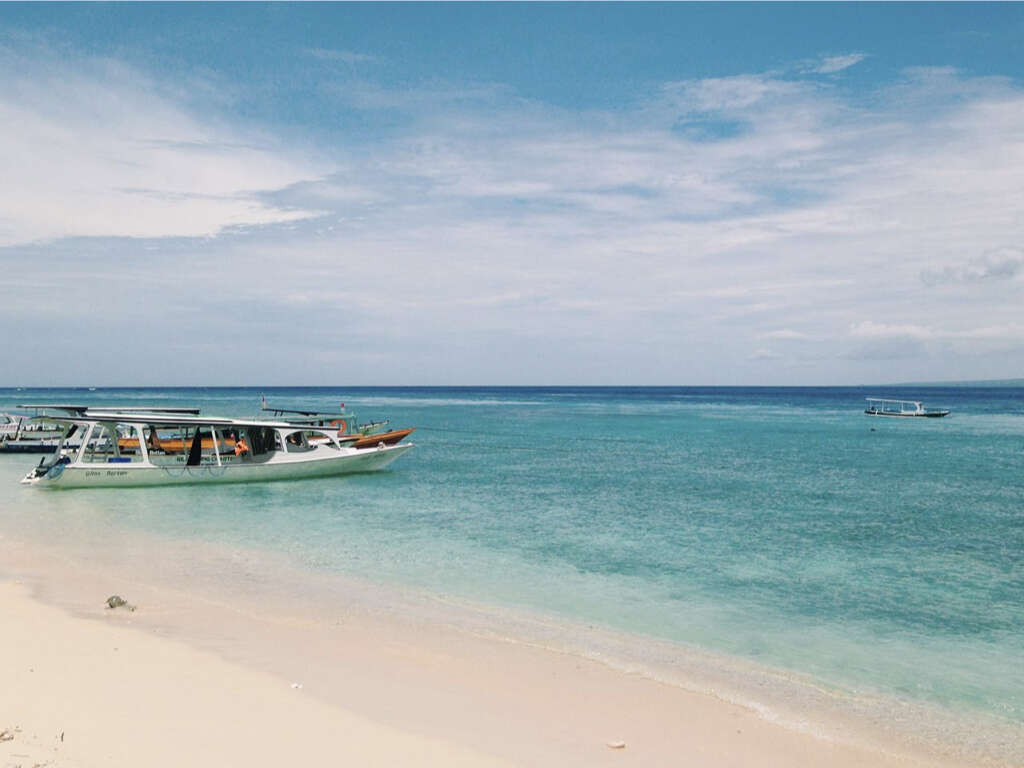
1. Tropical Wave
For a hurricane to start, there will first need to be another type of weather anomaly a tropical wave. This is an area of low pressure that will typically cause storms and cloudiness. They generally form toward the west of the tropics and are blown east by the prevailing easterly winds.
A hurricane cannot start without a tropical wave, but not all tropical waves will develop into hurricanes. For a tropical wave to form, there would usually need to be an area of very dry air that is sinking. It is also necessary for there to be little wind shear.
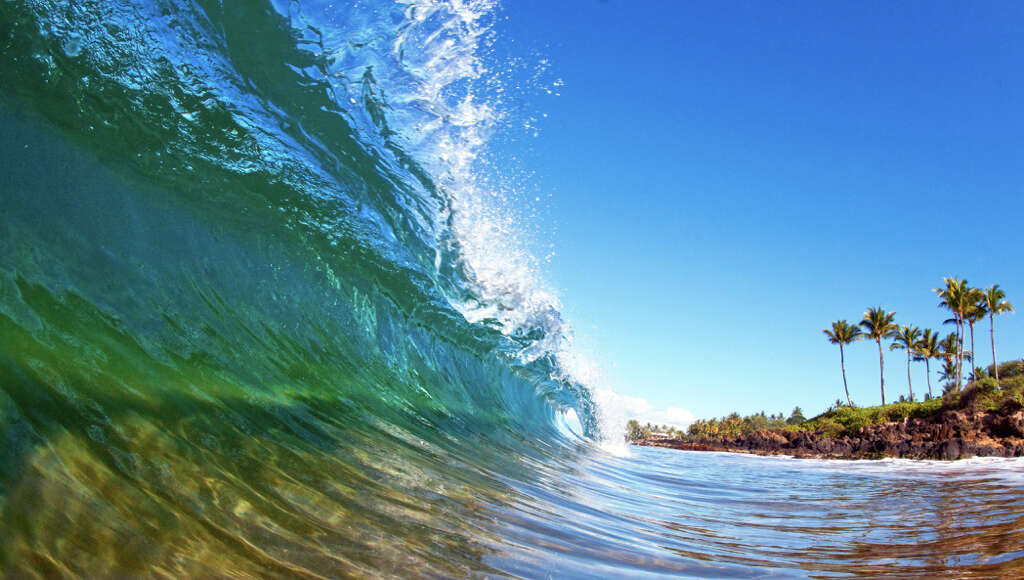
2. Warm Water
Another ingredient needed for a hurricane to form is warm water, and lots of it. This is why hurricanes form in the tropics, and the technical term for a hurricane is a tropical cyclone. The water will need to have a temperature of at least 26 degrees Celsius at a depth of 50 meters or more. As a tropical wave moves over the warm waters, the warmth will cause warm air to rise up into the storm.
This, in turn, will cause an area of low pressure to form beneath the storm, and this will cause even more air to come rushing in.

3. Latent Heat of Condensation
As the warm air rises, it will eventually meet with cooler air above. This air will be carrying a lot of water from the ocean surface and when this water cools, it will condense and form storm clouds. This action heats the surrounding air due to what is known as the latent heat of condensation.
With the surrounding air warming up, this air will start to rise until it reaches cool air. This cool air will cause water to condense, and this cycle will continue, continually drawing in more warm air from below. This exchange of heat creates patterns of wind that swirl around the center of the storm.
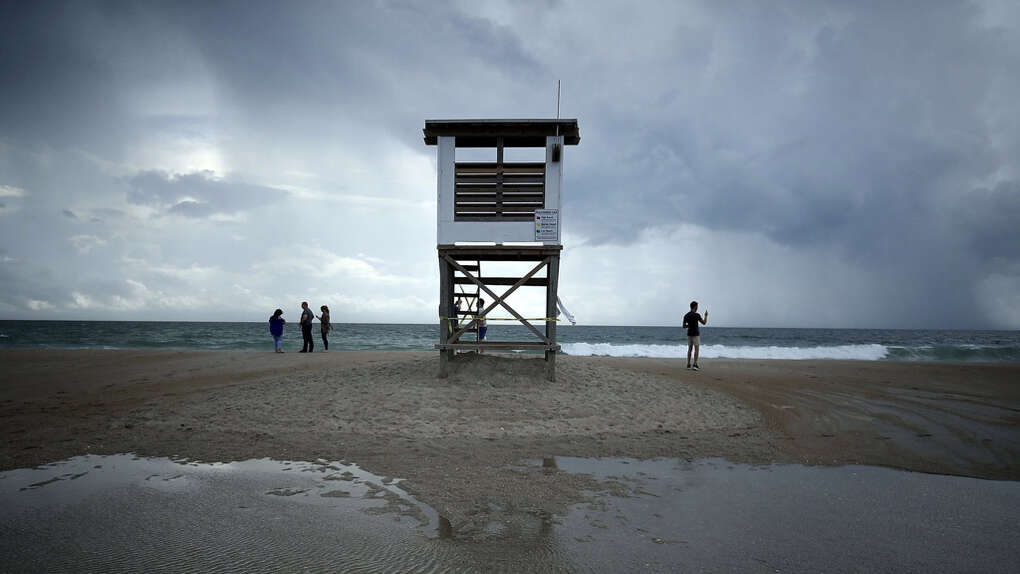
4. The Coriolis Effect
Have you ever wondered why hurricanes spin as they do? It is down to something known as the Coriolis effect. This is an effect that is caused by Earths rotation. In reality, the clouds and winds of a hurricane are actually travelling in a straight line, only they appear to be deflected because of the differences in speed caused by some parts of the world rotating faster than others.
If you were stood on the equator and you were able to throw a ball to a friend in Europe, it would appear to deflect right, despite travelling in a straight line, because your friend is travelling slower than you are.
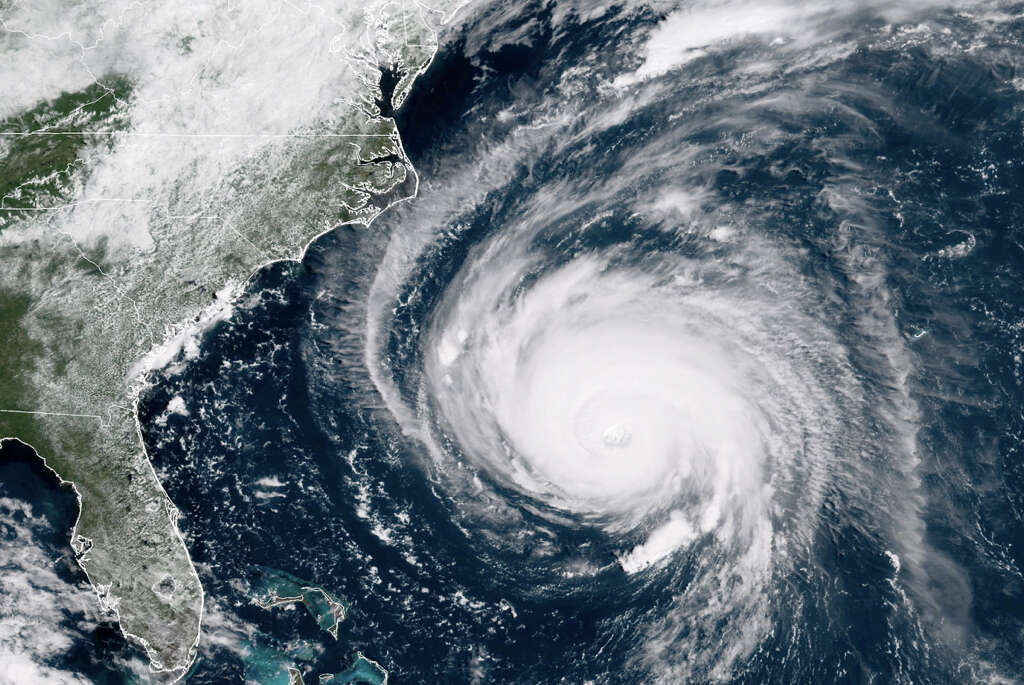
5. The Eye of the Storm
It is well known that the eye of the storm is relatively calm in comparison to the surrounding mayhem. This is because of the way that the rising air cools when it meets with cool air higher up in the atmosphere. When the warm air does rise and becomes cooler, it becomes denser, and this causes it to descend again.
The cooled air descends directly down through the center of the storm, which is the eye. The eye is immediately surrounded by the eye wall, which is the most severe part of the hurricane. The eye itself will typically be around 19-40 miles in diameter.
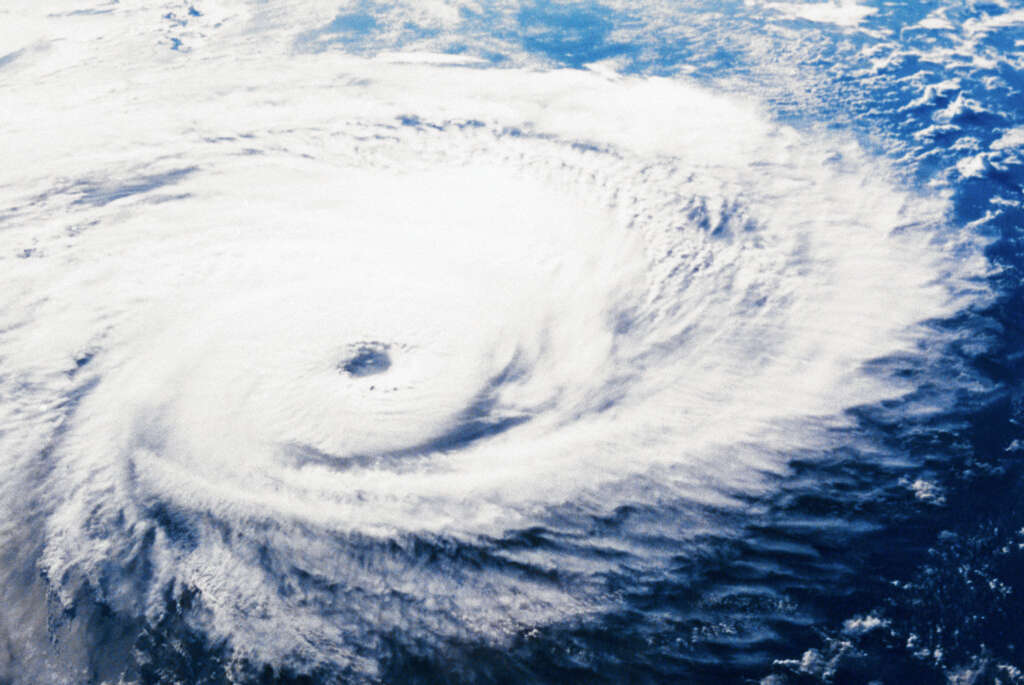
6. Flooding
Wherever there are hurricanes, there is also likely to be extensive flooding and this is for two main reasons: storm surges and intense rain. The high winds of a hurricane will cause storm surges. These are basically enormous waves that will lash the coastline.
These storm surges are often the main cause of casualties during a hurricane. Another cause for the flooding is intense rain. The rising air will be sucking up a lot of water from the ocean until it condenses. There will be a point where the atmosphere can hold no more water, and the water will begin to fall back to Earth.
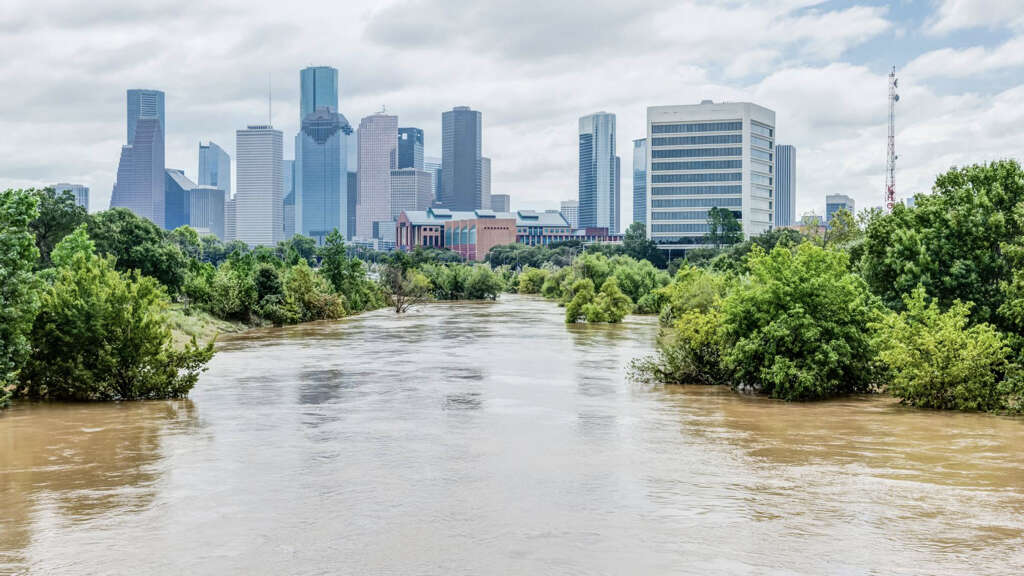
7. Energy
Hurricanes have the potential to do enormous amounts of damage. They can destroy homes and infrastructure, devastate whole communities, and even cities, and they can take a lot of lives. For something to be so devastating, it would have to be releasing enormous amounts of energy.
A single hurricane can release energy that equals around 50% of the planets entire electricity generating capacity. As impressive as that may sound, that barely touches the surface because the rains and clouds can unleash 400 times that amount. Another comparison is that a hurricane can unleash energy equivalent to 10,000 nuclear bombs during its lifetime.
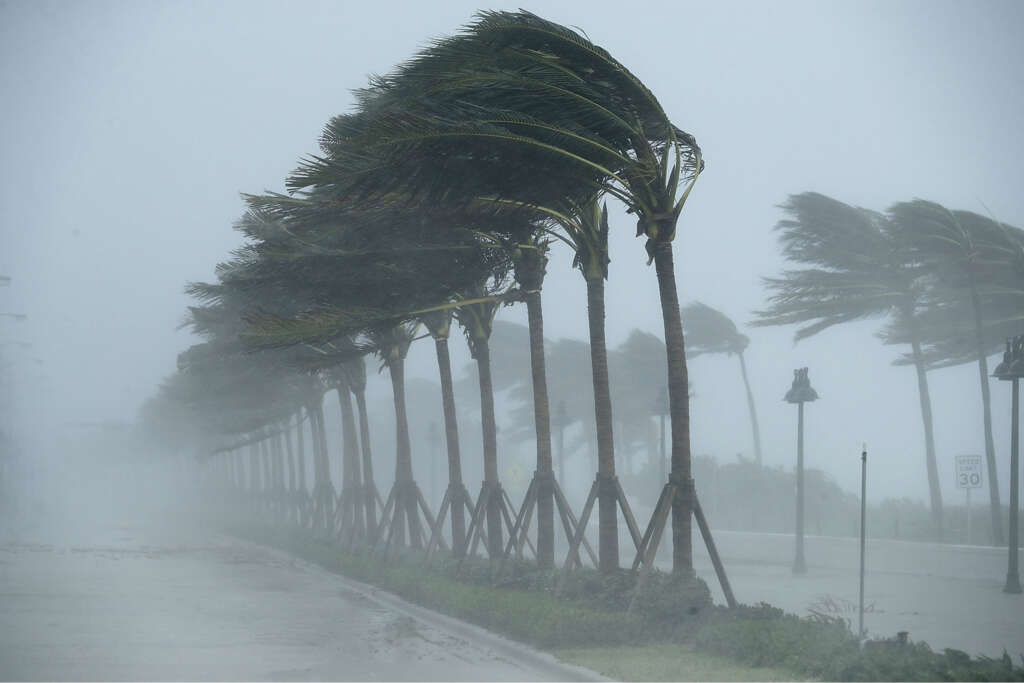
8. Storm to Hurricane
There are several stages of a storm before it is categorized as a hurricane. It starts from a tropical disturbance, which is basically a cluster of storm clouds. These will sometimes develop into a tropical depression and these, in turn, will develop into a tropical storm.
At this point, the wind will be reaching 39 mph and this is also the point where the storm gets given a name. Tropical storms already have the potential to cause damage, although not nearly as much as a hurricane would. When the winds of the storm reach 74 mph, it is officially categorized as a hurricane.
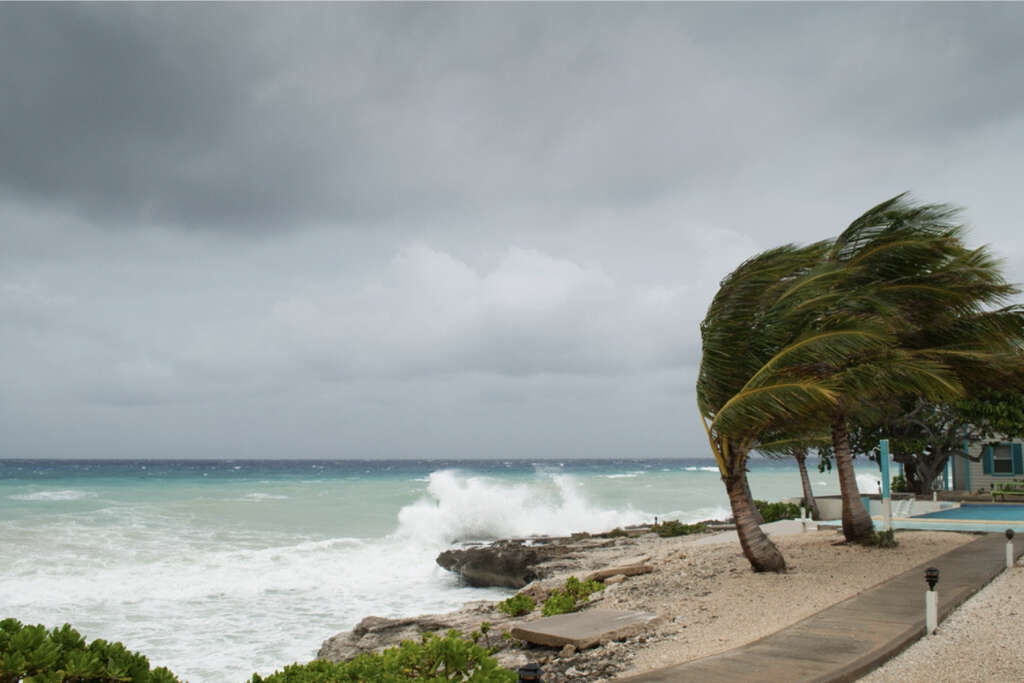
9. Hurricane Categories
Once the storm has been officially designated as a hurricane, there are another 5 categories under the hurricane umbrella. The least severe is category 1 and storms might increase to the highest category, which is category 5. A hurricane is considered to be category 5 when its winds reached an incredible 157 mph.
The highest recorded wind in a hurricane was hurricane Patricia in 2015 that had winds measured at 215 mph, although this had decreased to 150 mph by the time it reached land. There have been 36 recorded category 5 hurricanes between 1924 and 2019 and not all of these have made landfall.
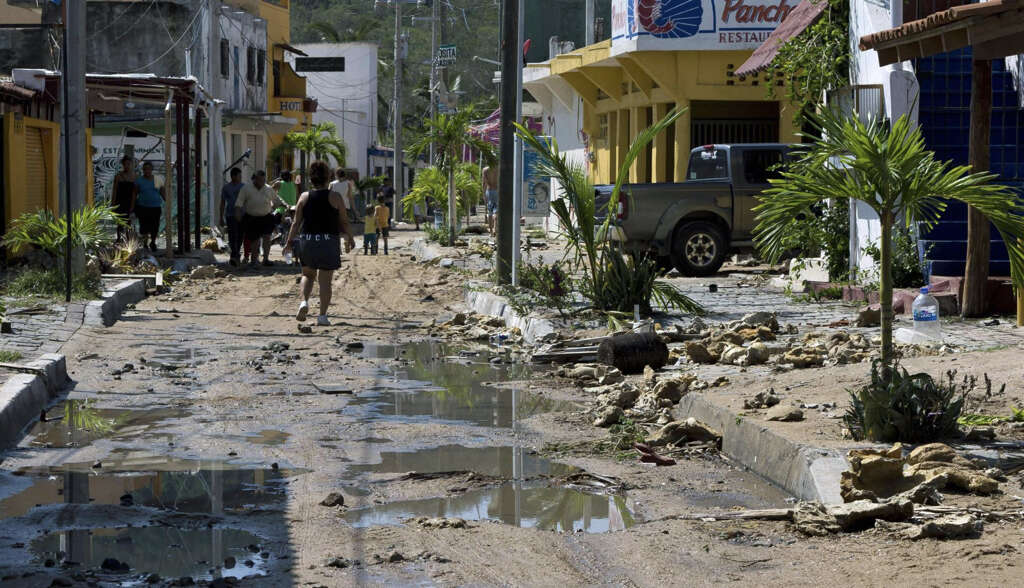
10. The Death of a Hurricane
All hurricanes will eventually dissipate, which is a good thing considering how destructive they can be. Many will not reach land at any point in their life cycle. The hurricanes that do reach land will not have long to live no matter how large they may be. As explained, warm water is the fuel that fuels a hurricane.
When it reaches land, it will no longer have warm water fueling it and it will gradually begin to lose its power as a result. Other hurricanes might die out before they reach land after passing over cold water.
